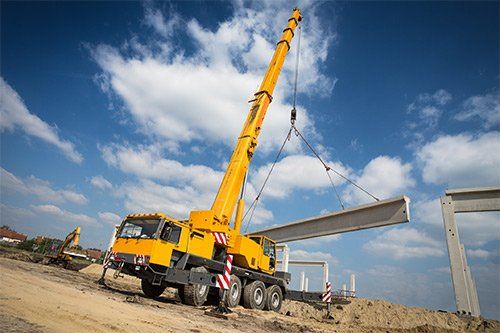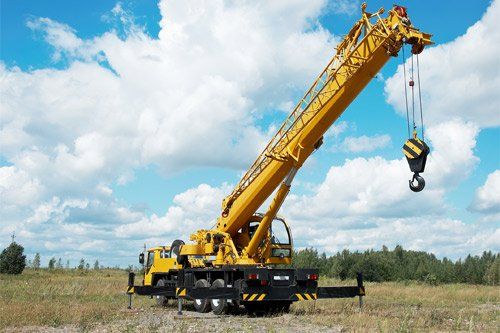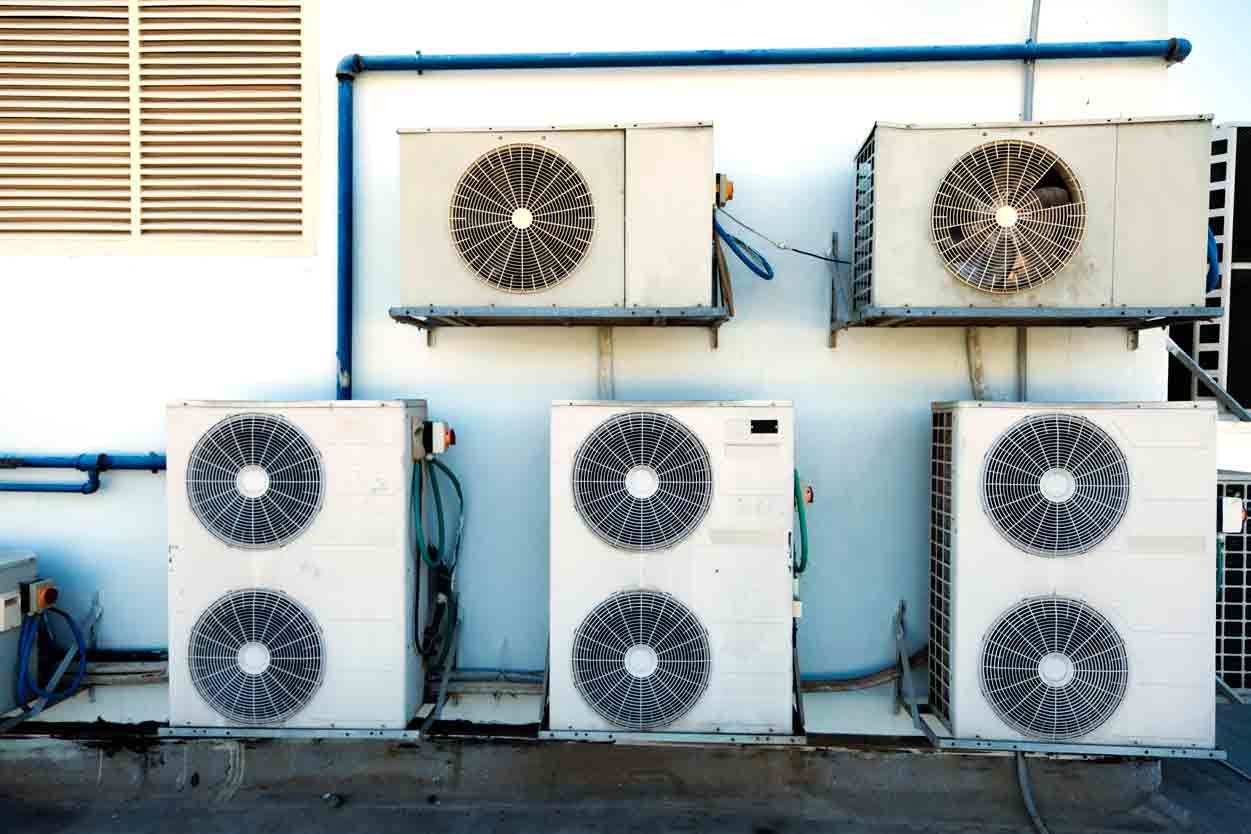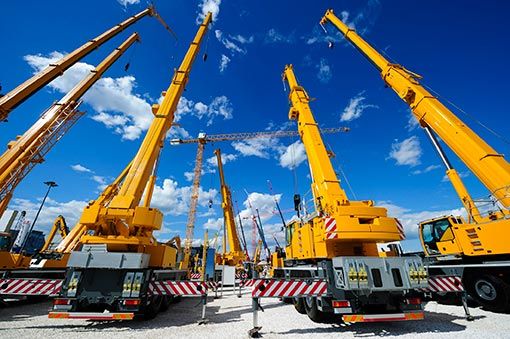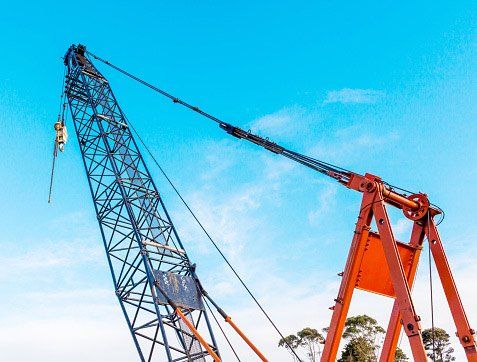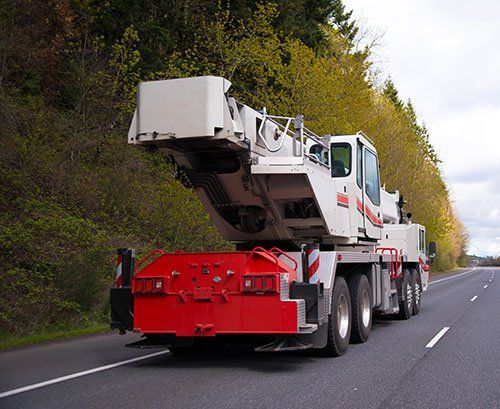Blog Post
6 TIPS FOR OPERATING CRANES SAFELY
- By websitebuilder
- •
- 03 May, 2018
- •
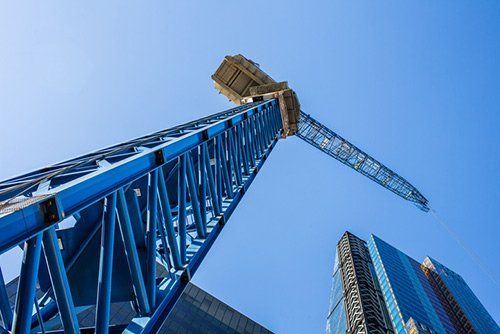
Crane accidents are a leading cause of fatalities in the construction and heavy equipment industries. Technology has undoubtedly made cranes safe, but complete onsite safety largely depends on the precautions contractors and workers take to mitigate accidents.
Here are a few tips to ensure workplace and employee safety when operating cranes.
1. Plan for Safe Operations
Plan your worksite before starting any crane operations to reduce the risk of accidents. In particular, comply with OSHA standards regarding the identification of danger zones in worksites. Inform all workers about unsafe work areas, such as those close to power lines. Use signposts to mark these areas to ensure that the crane's hoist and boom do not overstep into the unsafe work areas.
2. Ensure Proper Use
A common mistake at job sites is using overhead cranes for the wrong tasks, which can endanger employees and property. Avoid using cranes to lift workers. While this might seem like a resourceful way to move people around the site, it heightens the risk of falls and equipment failure. Opt for safe alternatives such as scissor lifts.
Another mistake to avoid is using cranes to store tools. Workers commonly suspend tools and store equipment in cranes. Such improper use endangers others at the worksite in the chance that the crane topples or sways in high winds. Ensure that employees understand proper procedures for equipment storage.
3. Avoid Overloading
Crane overloading is a leading cause of structural accidents and crane damage. To avoid these eventualities, utilize load-measuring technologies to measure the weight of the load and to understand the crane's operational capacity.
Avoid common mistakes such as loading a boom from the side, dragging and sudden dropping of loads, and using malfunctioned equipment when operating a crane, as these can cause overloading.
4. Prevent Risk of Falling Materials
Falling materials is a major hazard at worksites which use overhead cranes. Mitigate accidents from falling materials with regular preventive maintenance of hoist lines. This involves testing the hoist's carrying capacity and ensuring it does not have any signs of wear and tear that could compromise safety.
Improperly secured loads can fall on workers, destroy property, and cause mechanical failure. Take regular inspection of machinery seriously, as this can help to identify operational problems and avert potential accidents.
Before crane operations begin, check the hoist, inspect the loading chain to identify any damage, and ensure hooks are in proper working condition.
Additionally, ask all employees to wear appropriate gear while on the worksite for protection against falling materials.
5. Train Workers
According to OSHA requirements, employers should provide training to all crane operators handling machinery that weighs 2,000 pounds or less. Improvements in technology have made crane operations more complex. Find a qualified trainer to train employees on overall crane operations, load capacities, and lifting requirements. Unqualified workers are only permitted to operate cranes as part of the formal training.
Ensure that crane operators have their Certified Crane Operator license from the National Commission for the Certification of Crane Operators (NCCCO). Working with licensed and qualified personnel can improve safety and help you avoid workers' compensation claims that can put a dent in your business.
6. Ensure Adequate Communication
In busy worksites, proper communication is necessary to minimize operational errors. Use enough communication equipment, including air horns and radios, and get workers up to speed with OSHA hand signals. Use hand cues in noisy environments to help workers send accurate signals on when to lift, move, or lower a load.
Implementing industry and federal standards can improve safety on your job site. However, safety also requires bringing proper equipment to the site. At Prestige Dock Service, we have well-maintained cranes that will ensure a safe working environment and give you peace of mind. Call us today for crane rental services you can trust.
Share
Tweet
Share
Mail
Browse Our Website
Contact Information
Phone: 816-200-6407
Email: Prestigecrane@gmail.com
Available 24/7
Payment Methods






Content, including images, displayed on this website is protected by copyright laws. Downloading, republication, retransmission or reproduction of content on this website is strictly prohibited. Terms of Use
| Privacy Policy

